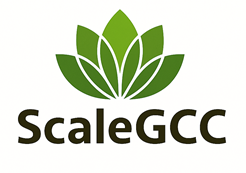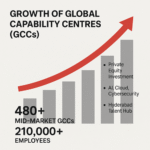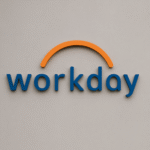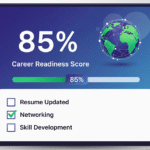Now Reading: C-Suite GCC Strategy ROI Plan: Justify and Scale with Confidence
-
01
C-Suite GCC Strategy ROI Plan: Justify and Scale with Confidence
C-Suite GCC Strategy ROI Plan: Justify and Scale Your GCC with Confidence
Making a business case for a Global Capability Center (GCC) requires more than vision, it demands numbers, structure, and clarity. That’s where the C-Suite GCC Strategy ROI Plan template comes in.
Designed specifically for CXOs and strategy leaders, this plug-and-play PowerPoint deck helps you articulate the business objectives, financial impact, phased rollout, and ROI of your GCC initiative. Whether you’re presenting to a board or aligning executive teams, this template provides everything you need from strategic alignment and location strategy to implementation timelines and risk mitigation plans.
It’s more than a slide deck, it’s your roadmap to executive buy-in and long-term GCC success.
Perfect for:
✅ Business case development
✅ Executive presentations
✅ Strategy offsites and board reviews
Benefits of a GCC ROI Plan
1. Justifies Investment with Clear Financial Projections
A solid ROI plan shows projected savings, break-even timelines, and long-term gains, making it easier to secure executive approval and funding.
2. Builds Alignment Across Leadership
By aligning the GCC’s strategic goals with enterprise objectives, the ROI plan ensures all CXOs and business units are working toward the same vision.
3. Supports Phased, Risk-Aware Scaling
Outlining a phased rollout with FTEs, capabilities, and timelines helps reduce risk and manage scale in a controlled, data-driven way.
4. Improves Decision-Making with Data-Driven Insights
With cost modeling, OPEX estimates, IRR, and cost avoidance analysis, leaders can make smarter, evidence-based decisions.
5. Clarifies Strategic Value Beyond Cost Savings
A robust ROI plan highlights the GCC’s role in innovation, resilience, talent access, and global process optimization, not just labor arbitrage.
6. Strengthens Internal Business Case & Storytelling
It equips strategy leaders with a compelling narrative that connects financial impact to business goals, improving stakeholder engagement and buy-in.
7. Enhances Accountability with KPIs and Governance
By defining governance structures and performance metrics, the plan creates transparency and helps track execution success over time.
8. Mitigates Risk Early
The plan proactively identifies potential risks (talent, vendor, regulatory, etc.) and lays out mitigation strategies, avoiding costly surprises down the road.
9. Enables Faster Time-to-Value
By focusing on early wins and a realistic rollout, the ROI plan helps deliver measurable value quickly, boosting confidence in the GCC model.
Templates
Why Use This GCC ROI Plan Template?
Communicate Clearly: Present complex financials and phased execution in a simple, board-friendly format.
Speed Up Approval: Help decision-makers understand value drivers quickly.
Build Confidence: Show long-term impact through data-backed projections.
Support Global Scaling: Map talent strategy, innovation focus, and governance into one cohesive narrative.
Download the C-Suite GCC Strategy ROI Plan now and take the next step in scaling your capability center with purpose and precision. It’s time to move beyond PowerPoint improvisation lead with data, structure, and confidence.
Related Posts
Stay Informed With the Latest & Most Important News
Previous Post
Next Post
Previous Post
Next Post
Interesting Read
Setup2 months ago
GCC Strategy & Business Case Planning
Tools2 months ago
GCC Setup Costs - TCO & ROI Calculator
Tools3 hours ago
Tech Skills Readiness Analyzer
Tools10 hours ago
GCC Career Readiness Scorecard















